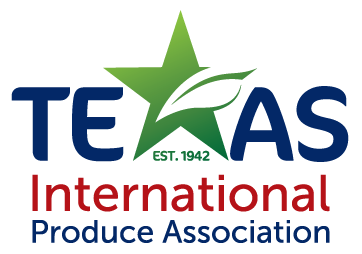Aug 5, 2020CFAP payment limits hinder specialty crop producers, study finds
A study recently conducted by the Agricultural & Food Policy Center (AFPC) at Texas A&M University found that the payment limits imposed by the Coronavirus Food Assistance Program (CFAP) would have varying impacts across the country, but Specialty Crop producers in particular would fail to access an estimated $483 million of the funds intended to them by Congress as a result of those limits.
The study was commissioned by an alliance of specialty crop industries shortly after the CFAP rules were announced. While the group would like to see higher limits to offset more of the losses incurred by farmers, they say that these producers specifically were not set-up to access the funds CFAP would provide in the same way other agriculture industries might.
“USDA, or Congress, must integrate a change into the CFAP program for the Specialty Crop section,” Dante Galeazzi, president and CEO of the Texas International Produce Association, said in a news release. “At the minimum, these producers should be eligible for the full $750,000 limit regardless of their structure or ownership model. The combination of the perishability of fresh fruits and vegetables and the inability to access markets during this pandemic created a storm of conditions that sadly resulted in farmers having to destroy or discard their crops. We are only asking that USDA allow them to access the funds the CARES Act intended for them.”
Between March and April of this year, nearly all of the U.S. closed operations in an attempt to slow the spread of the coronavirus. Unfortunately, it also resulted in the overnight loss of a major distribution channel – the foodservice sector. Schools, restaurants, theme parks, cruise lines, and resorts all closed.


“Because specialty crops do not participate in the traditional Title 1 safety net programs, specialty crop producers have not organized their business structures similar to row crop farmers,” the AFPC study said. “Although Congress has not traditionally subjected specialty crop producers to payment limits, a significant number of farmers will have binding payment limits imposed by USDA which means [they] were eligible for more assistance to cover their losses than they ultimately received.”


As a result, the consequence would be many small family farms in the fresh fruit and vegetable sector qualifying for only $250,000 in covered losses, as opposed to the $750,000 limit simply due to their organizational set-up.
For access to the full study, visit here.















